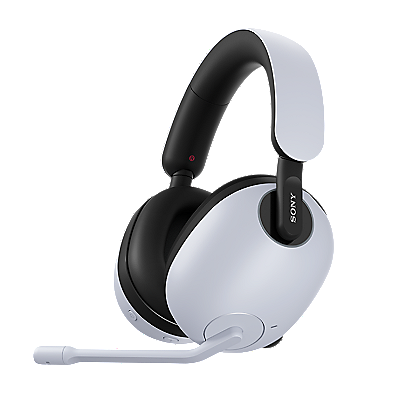Movie-recording basics
Some concepts and principles in movie recording distinguish it from still-image shooting. Once you understand video and how movies differ from still images, you'll be a step closer to recording movies with your own style.
Frame rate
Movies consist of a series of still images. As in simple flip-books or animation, subjects in video come to life through subtle changes from one image to the next.
The number of images or frames per second (fps) is called the frame rate.
- A: Frame
- B: Number of frames per second, or frame rate
For example, TV broadcasts such as digital terrestrial TV are generally recorded at 30 fps and movies at 24 fps. The higher this fps value is, the smoother and more natural the video will be.
To store video, cameras must record much larger amounts of data much faster than when shooting photos. It's therefore a good idea to use high-capacity memory cards supporting high-speed transfer standards.
Exposure control
Exposure settings control the amount of light entering the camera. This key factor affects editing and the finished image. Through the balance of aperture (f-number, or F below) ,ISO sensitivity, and shutter speed (SS), which make up exposure, you can alter the appearance and mood of your movies.
Shooting still images
- 1: Amount of bokeh
- 2: Brightness
- 3: Time that the shutter is open
All three elements are generally under your control when shooting photos (still images).
Recording movies
For video, on the other hand, the shutter speed is usually fixed. You control the exposure through the other elements—aperture and ISO sensitivity.
In this case, the shutter-speed setting is determined by the frame rate described above. Here, there's a guideline specifically for video: choose a shutter speed that, expressed in seconds as a fraction, is 1 over a denominator equivalent to twice the frame rate. When no available shutter speed matches this value exactly, choose the closest value.
| Frame rate | Shutter speed |
|---|---|
| 24p | 1/50 sec |
| 30p | 1/60 sec |
| 60p | 1/125 sec |
| 120p | 1/250 sec |
So, for a frame rate of 24p, the shutter speed would be 1/50, or for 30p, the shutter speed would be 1/60, and so on.
- Shutter speed and other settings vary widely between still images and movies. Be careful when using the same camera to shoot still images and movies.
- On cameras featuring memory recall, you can register separate settings for still images and movies in advance for instant recall as needed.
Even when you have separate settings for still images and movies, you can easily recall these settings with the mode dial. (The ILCE-7M3 is shown here.)
Subject blurring (motion blur)
Most knowledgeable photographers would consider shutter speeds of 1/50 or 1/60 second to be quite slow, but these are ideal speeds for movie recording. There's a good reason for that.
To capture a moment in time for fast-moving subjects, photographers often freeze subjects without any blurring by shooting still images at high shutter speeds.
For smooth motion in movies, where some motion blur is desirable, the basic approach is to set a slow shutter speed for just the right amount of blurring.
- 1/1000 sec
- 1/60 sec
Viewed as individual frames, an image captured at 1/1000 second may seem the clear winner over a blurry image captured at 1/60 second, but in continuous movie playback, the former will look choppy while the latter will look more natural.
Avoiding problems caused by flickering illumination
Flickering lights when you record indoors or at night may cause horizontal banding or partial discoloration in your movies. Illumination from fluorescent lights and other light sources may seem constant, but in fact, it flickers repeatedly at a high speed. Problems arise when this flickering does not coincide with camera shutter operations.
Flickering cycles are determined by regional power supply frequencies, so matching the shutter speed to the timing of flickering can prevent problems.
| Power supply Frequency | Shutter speed |
|---|---|
| 50 Hz | 1/50 sec or 1/100 sec |
| 60 Hz | 1/60 sec or 1/125 sec |
shutter speed 1/200s
shutter speed 1/50s






















